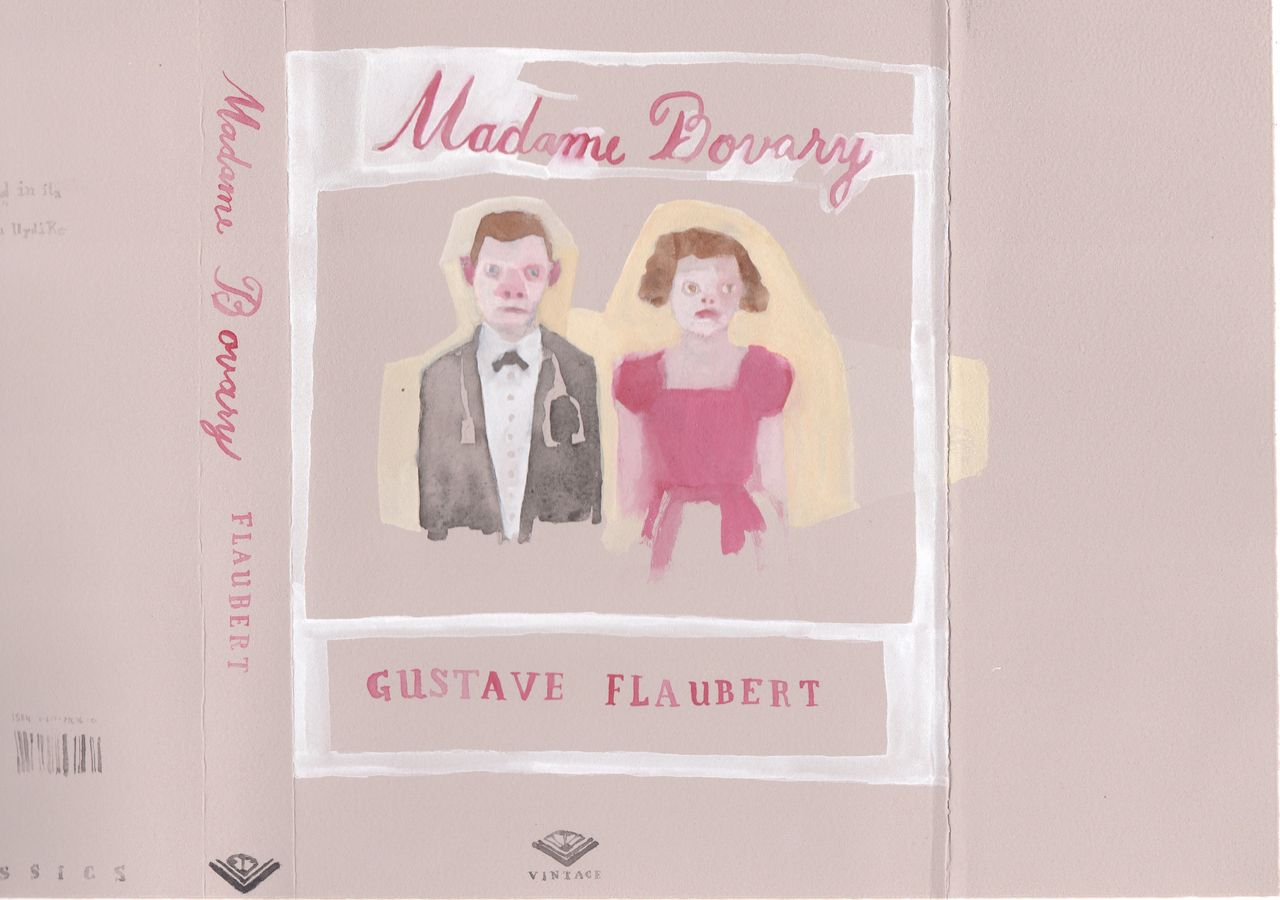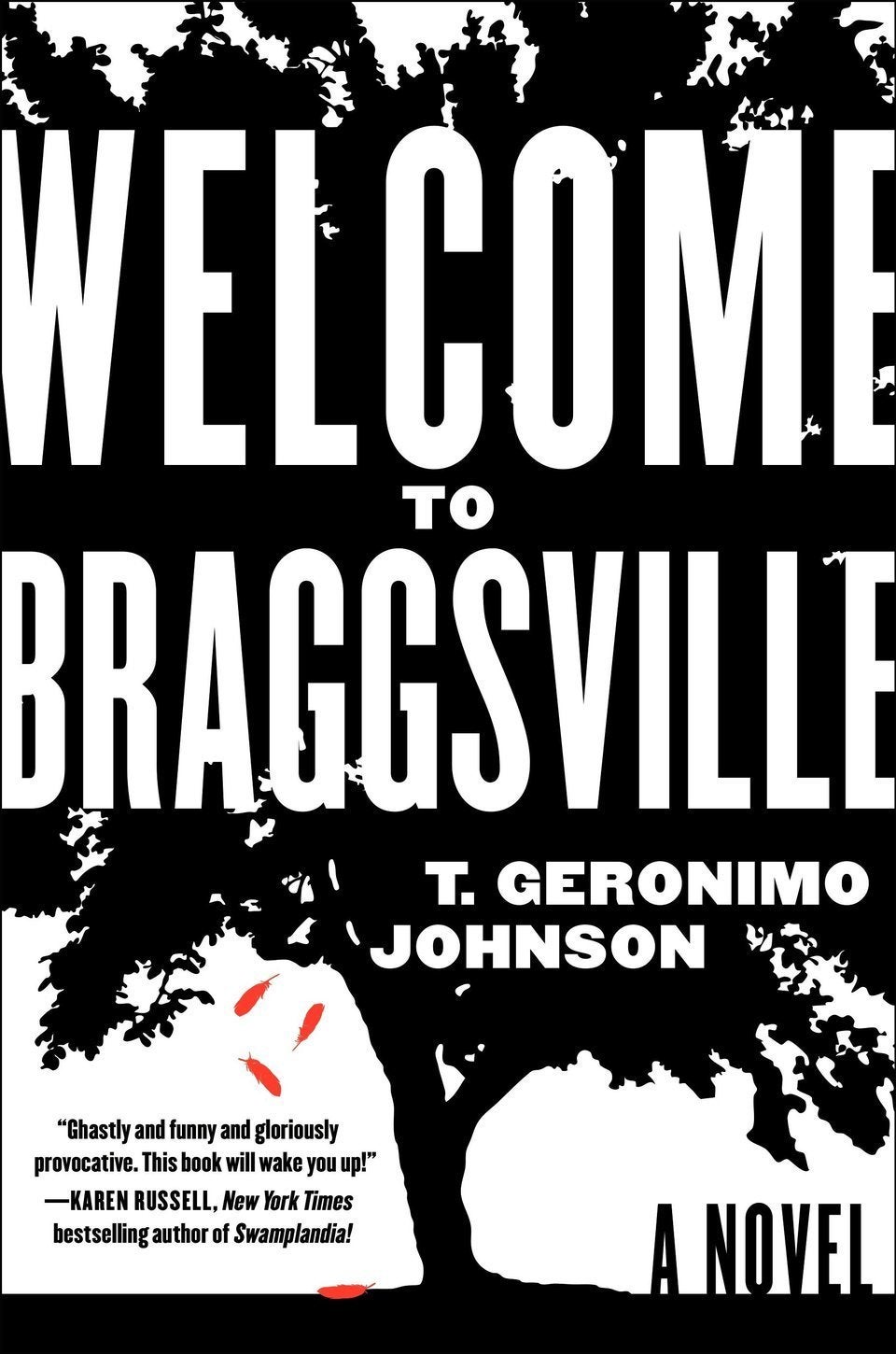A dazed couple stands stiffly beside one another. The man wears a stethoscope and stares blankly ahead; the woman gazes distractedly off in the distance. Dangling airily above their heads, a messy script reads, "Madame Bovary." It's one of Jennie Ottinger's lovely redesigned book covers, which she makes along with illustrated scenes and humorous, made-up interior text for classic titles.
Ottinger began the series after panicking just thinking about her to-read list. "I thought it would be funny to think of someone who doesn't have time, or prioritizes other things but still longs to read Moby-Dick to experience that great novel and also to be able to discuss it at a party," she said in an e-mail to The Huffington Post. "What means would that person need to employ?"
Below are covers, summaries and scenes from Infinite Jest, Jane Eyre, and more.
Why did you start illustrating book covers and interiors?
I was making a list of all the books I wanted to read before I die and as the list grew and grew, I realized I would never get to all of them. And what about all the new books that come out every year? And all the movies to see and all the cities to visit! I began to panic. I figured many people were in the same situation so I wrote summaries from other published summaries (Cliff's Notes, e-notes, Spark Notes, etc).
I also wanted to make the point that really summaries are all we have time for with the busy lives most of us lead and the glut of content available. I thought it would be funny to think of someone who doesn't have time or prioritizes other things but still longs to read Moby-Dick to experience that great novel and also to be able to discuss it at a party. What means would that person need to employ?
Why did you choose the books you did?
I started writing a list of books that I personally hadn't read but wanted to or felt like I should to be well rounded or informed. But I ultimately included books that I have read but are considered part of the canon of great literature or appear on "must-read classics" sorts of lists. I further filtered for stories that lent themselves to the style of the summaries I was writing.

What does the act of transcribing a summary of a novel's text feel like? Are you focused at all on the content while working, or more on the aesthetics?
It's interesting reading the published summaries because you realize how important language and tone are to a novel. The summaries, and summaries in general, aren't concerned with that aspect. It's striking how little plot matters to some books.
Your summaries are humorous -- why did you decide to grant an air of lightness to heavy classic works?
Since it is, in fact, cheating to read the summary I decided to adopt the voice of a snarky blog post or someone like Cher Horowitz in “Clueless.” One of my favorite quotes that applies to the summaries and, in fact, my work in general, is by Oscar Wilde, who said, "We should treat the trivial things in life with importance and the important things with triviality." I wish I could apply it to the way I live my life but instead I arbitrarily apply importance and triviality to events without reason.

I love that your scenes are incomplete along the edges -- is there a particular reason for that?
It started when I wanted my paintings to look quick and spontaneous. I was making very small line drawings and gouache/watercolors and hanging them in groups to form a narrative and it was important to me that the narrative seemed to be in the midst of developing -- one scene a reaction to another, almost improvisational. I left the edges and other portions unfinished to reinforce that feeling but now that I've moved on from that series, I still want my paintings to feel rushed and messy even though now there are more layers of paint and more thought in the composition. Another thing I like about leaving parts unfinished is that it reveals the steps of the painting by offering a peek into layers that were mostly covered up in the rest of the canvas.
You've said that you enjoy blending the background and foreground -- why do you think this style works well for scenes from literature?
The formal elements in art are the same as in writing. (Actually, I have no idea about this because I'm not a writer but I read a lot and listen to a lot of writer interviews so I'll just act like I know what I'm talking about.) If an area is flattened or left unfinished, I can draw the viewer's attention to other areas that are more complete for example, a figure or the bed in a room.
Also I like playing with space the way many writers play with timeline or voice. I sometimes make the background appear on the same plane as the figures or come in front of the figures, or the background and the figures are blurred at the edges. It is my nature for things to be vague and unclear so I might just be representing that part of me visually.
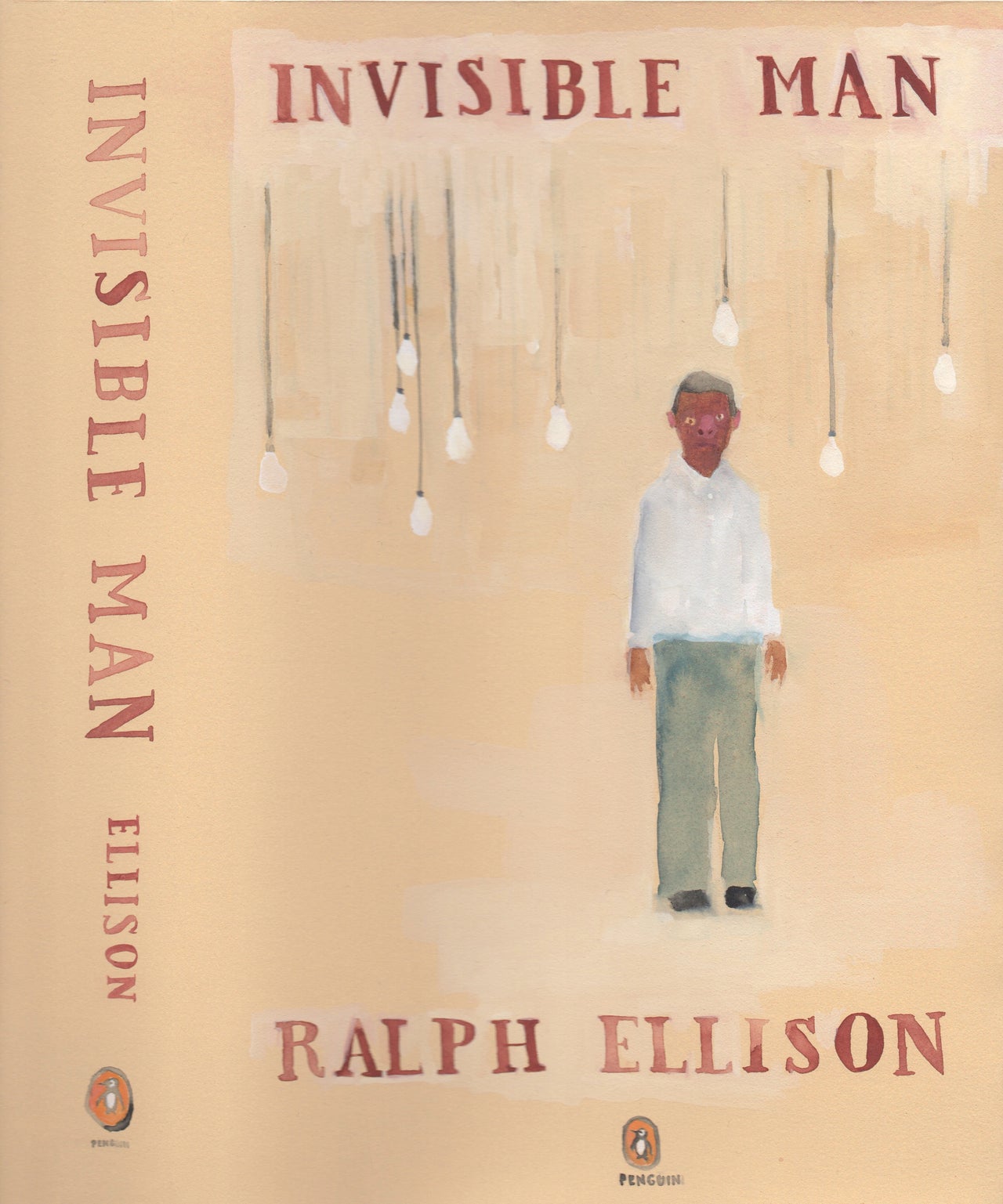
You categorize stacks of books in unconventional ways, such as, "The One That Got Away." Would libraries and bookstores do well to use unconventional categorizations?
That would be amazing. I would love to browse a bookstore like that. I feel like shoppers would unintentionally try genres they had never read in before. I titled one show of my books "Chances, Choices and Chases" because I realized almost every book can be put in to at least one of those categories.
What, in your opinion, is the most important function of a book cover?
To look nice on your bedside table. I think it's nice if there's an effort to somehow communicate the general tone of the book but, that said, I have a copy of Chris Ware's cover for Penguin Deluxe Editions' The Three Musketeers which is a comic book page, and it's so perfect. Also, I think a book cover should tell you the title of the book. But that's all -- look nice and have the title.
Read Ottinger's playful book summaries:
Moby-Dick

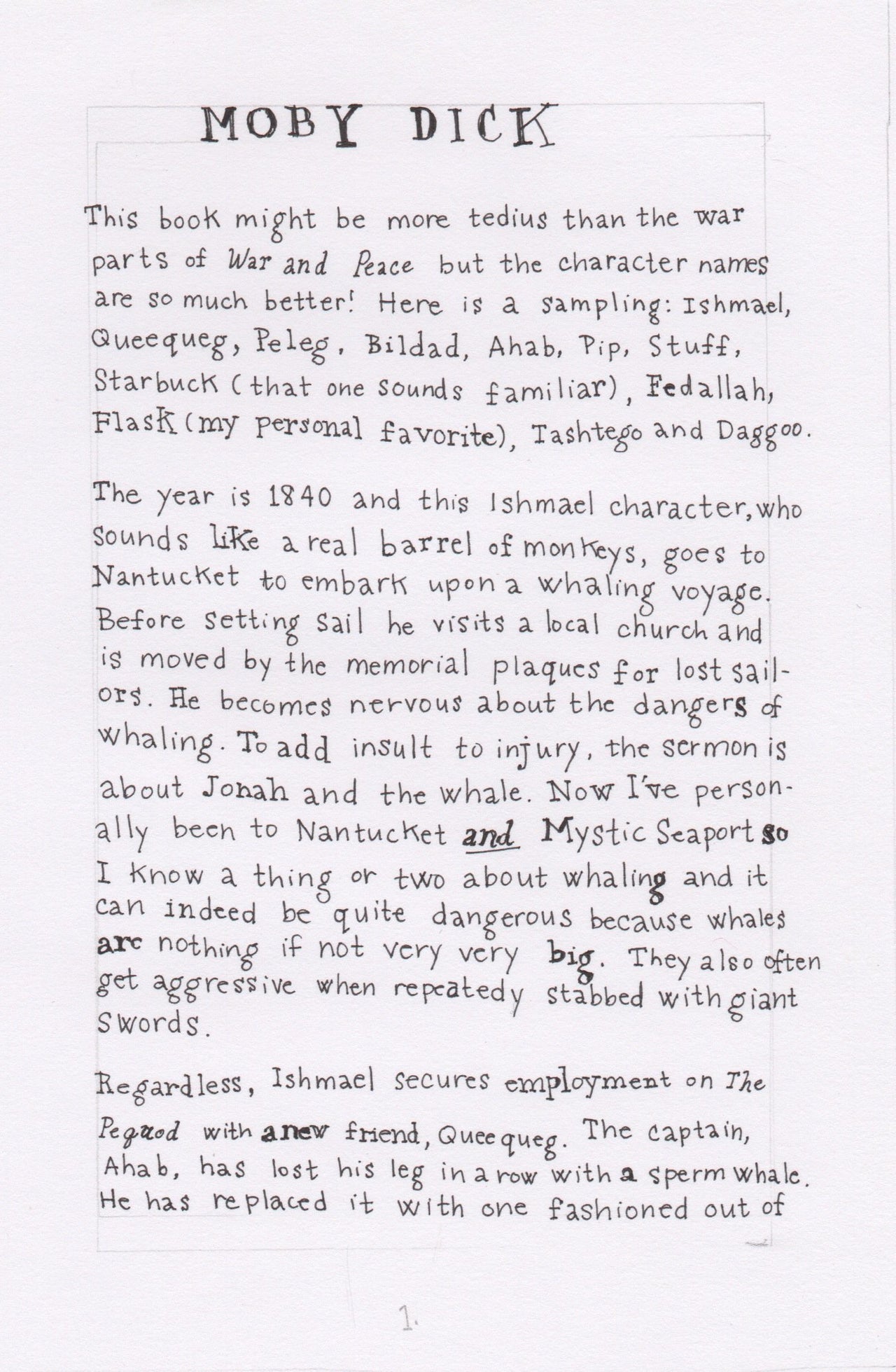
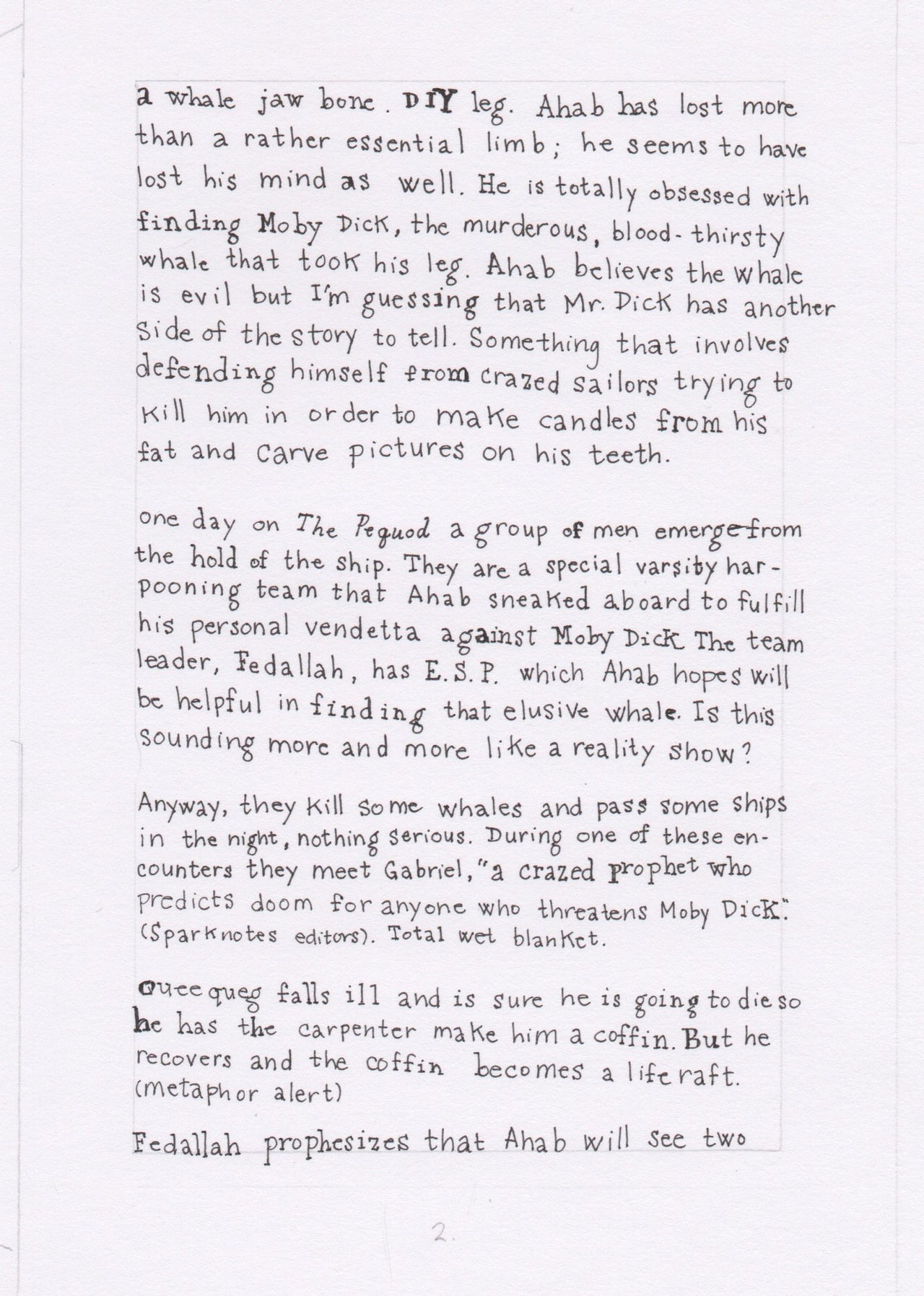
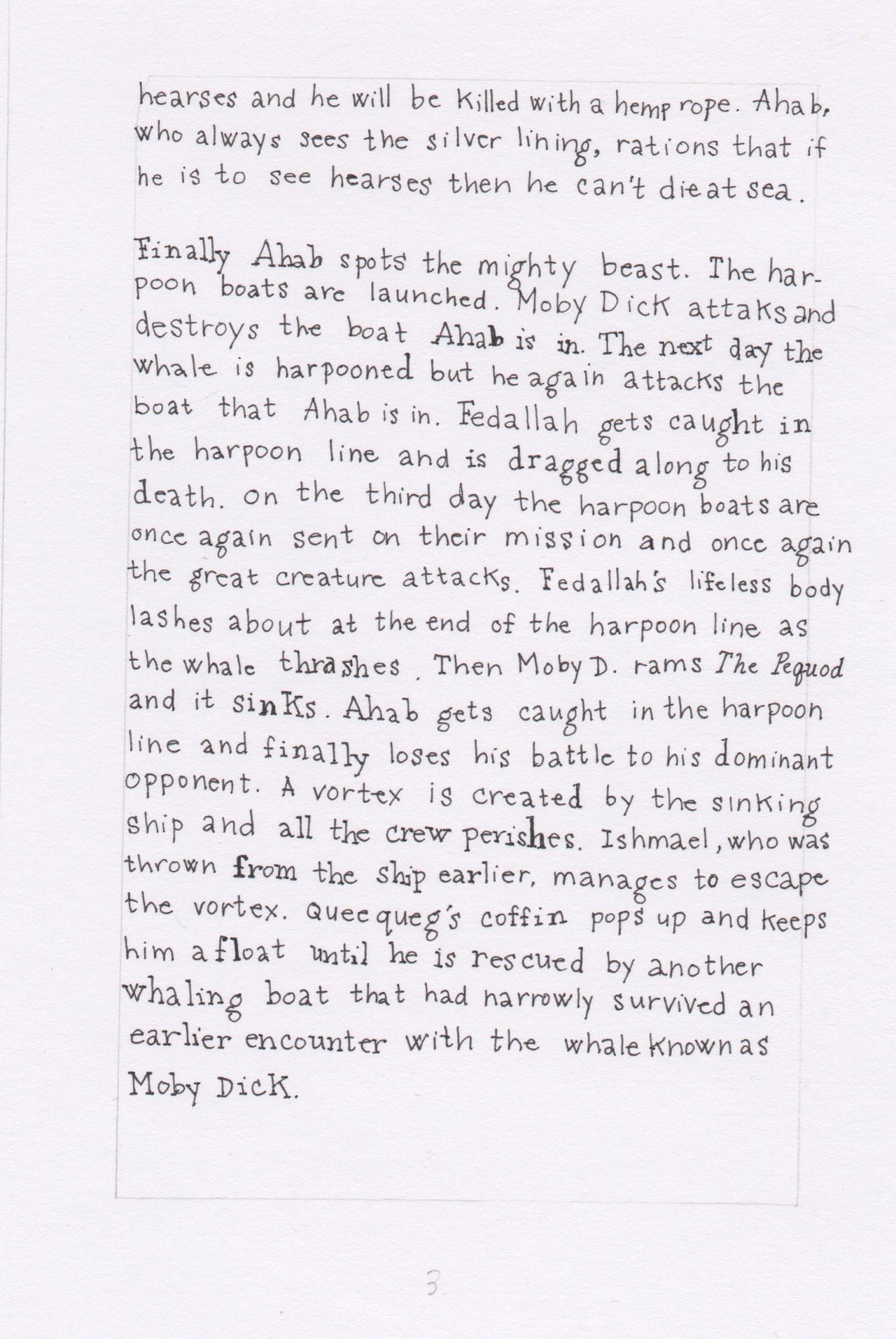
Crime and Punishment


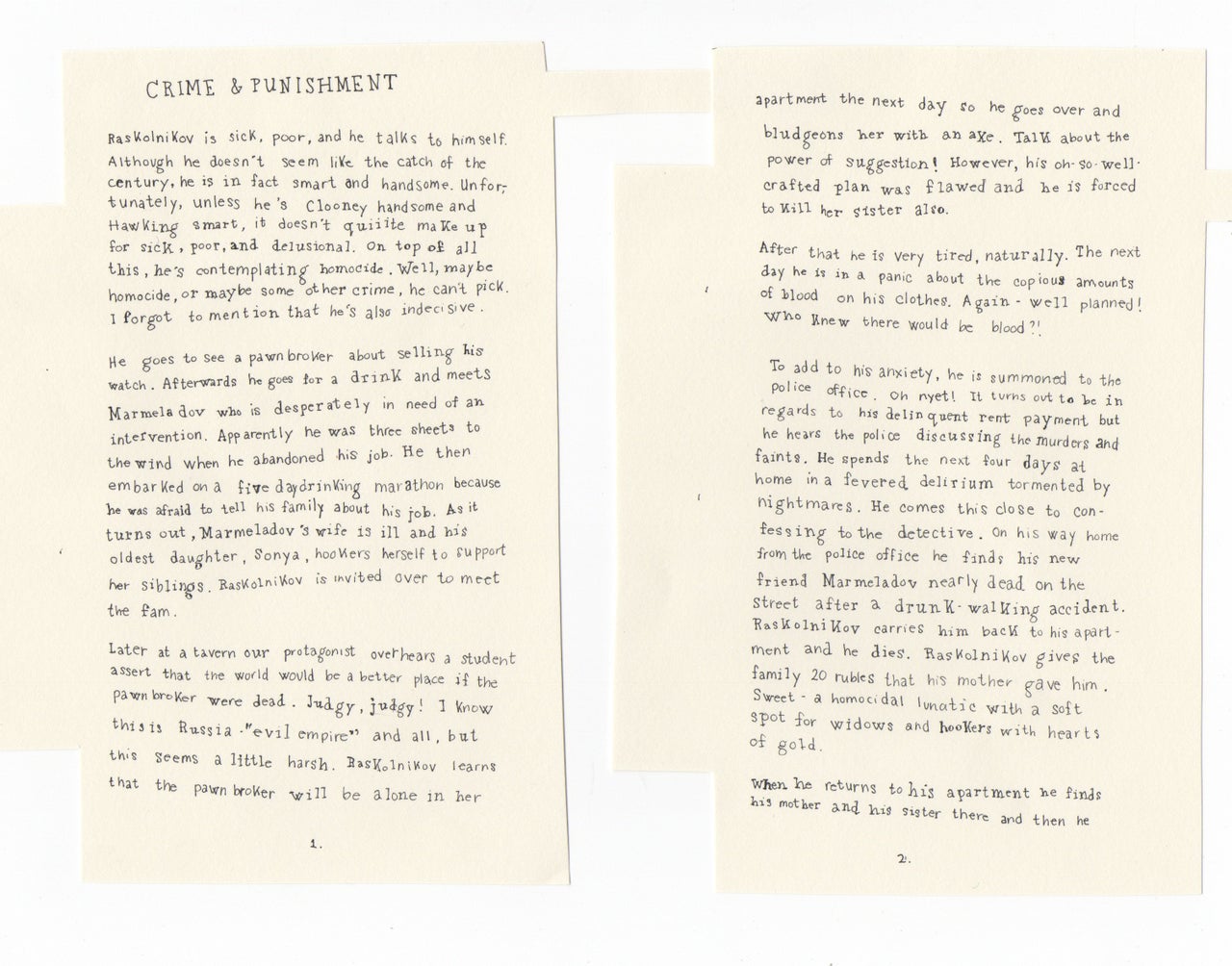
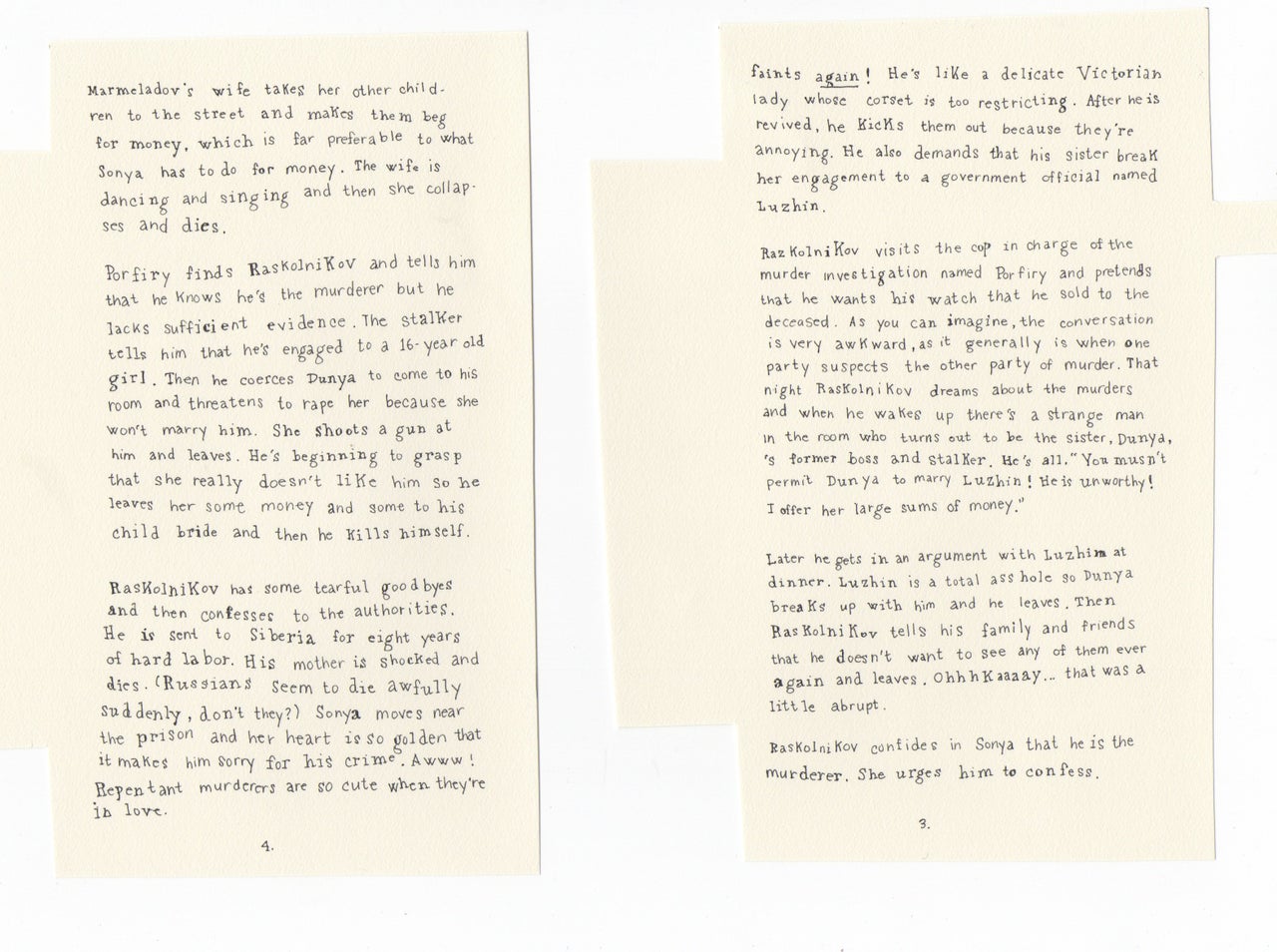
Infinite Jest

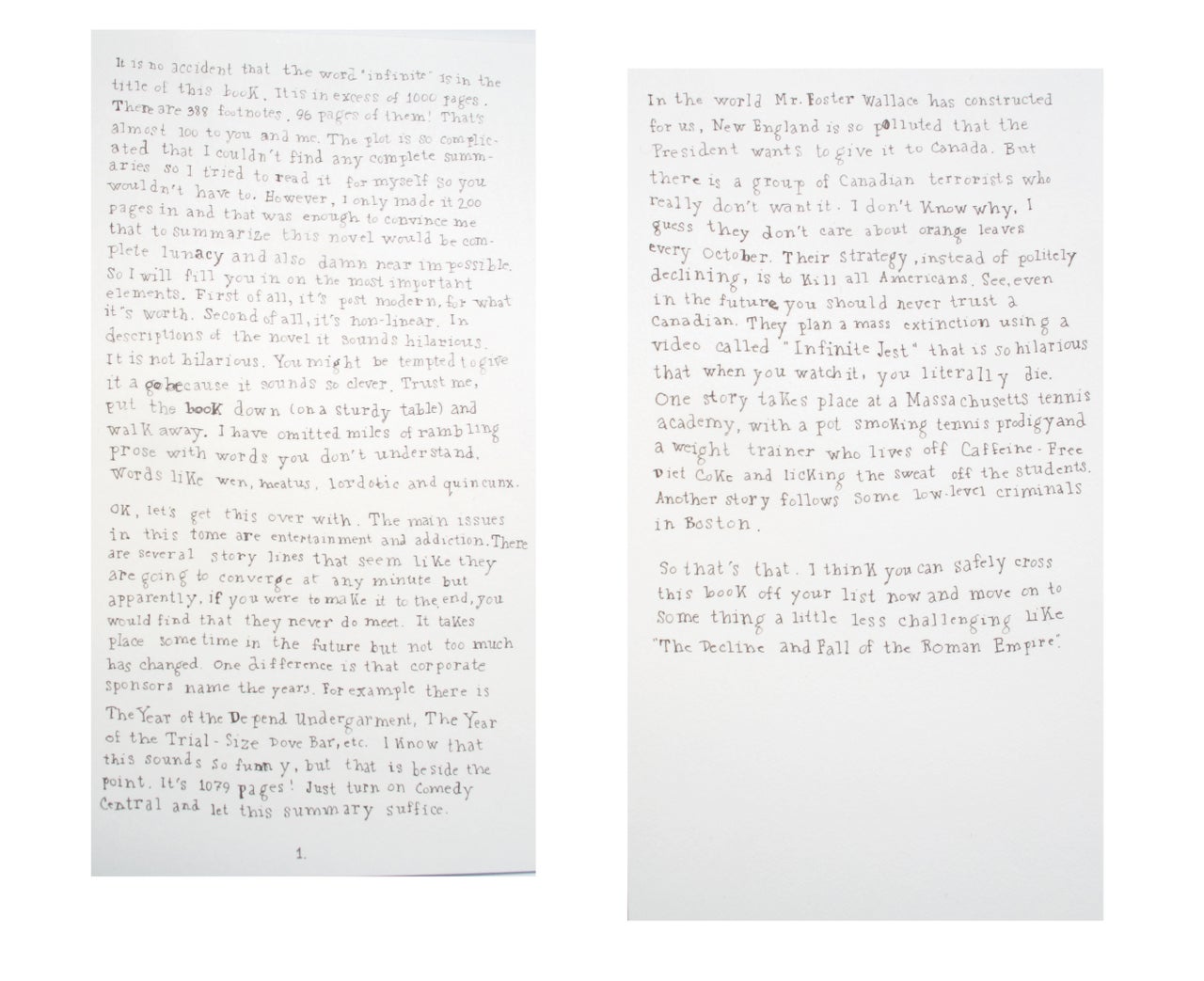
Jane Eyre
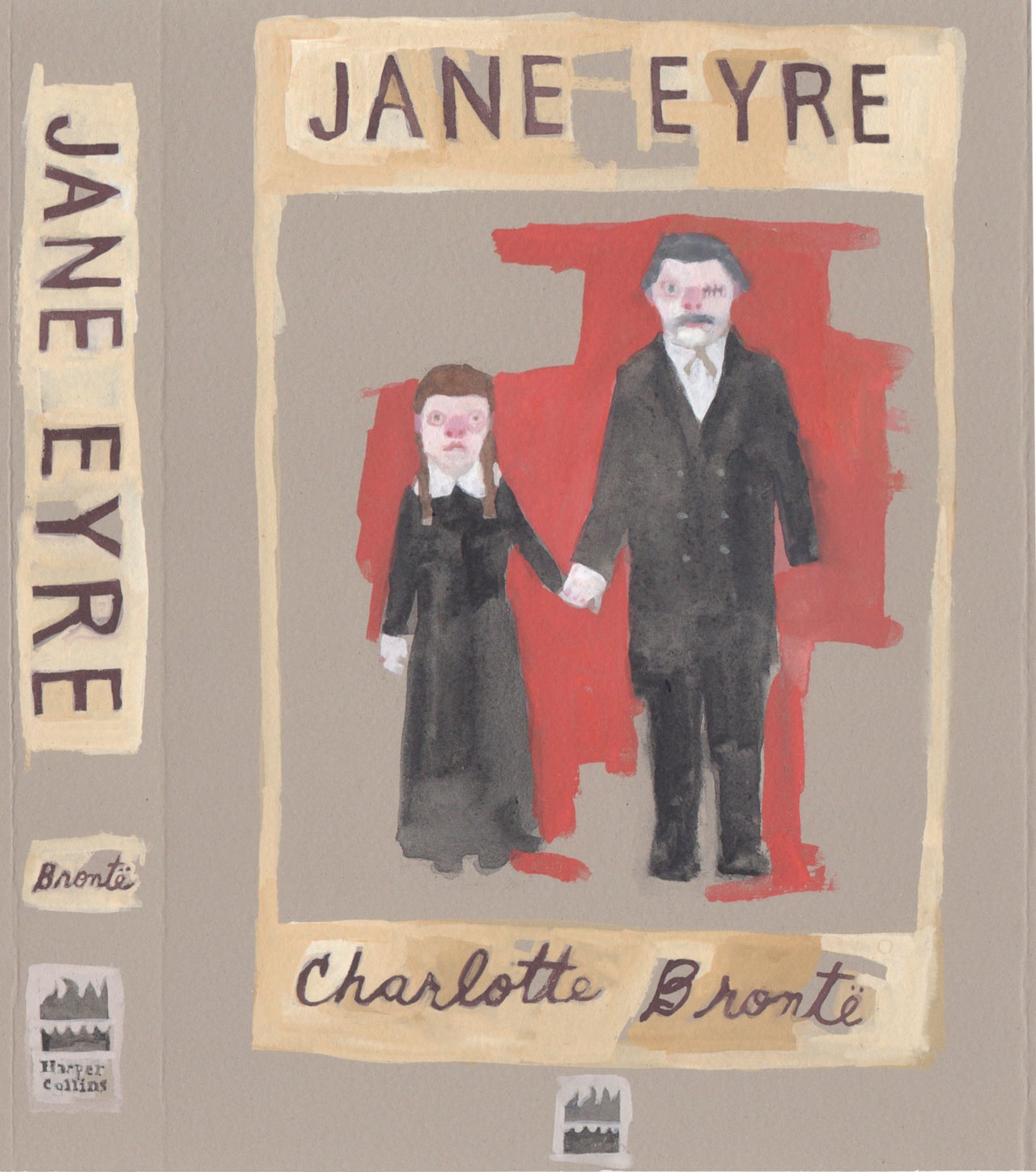
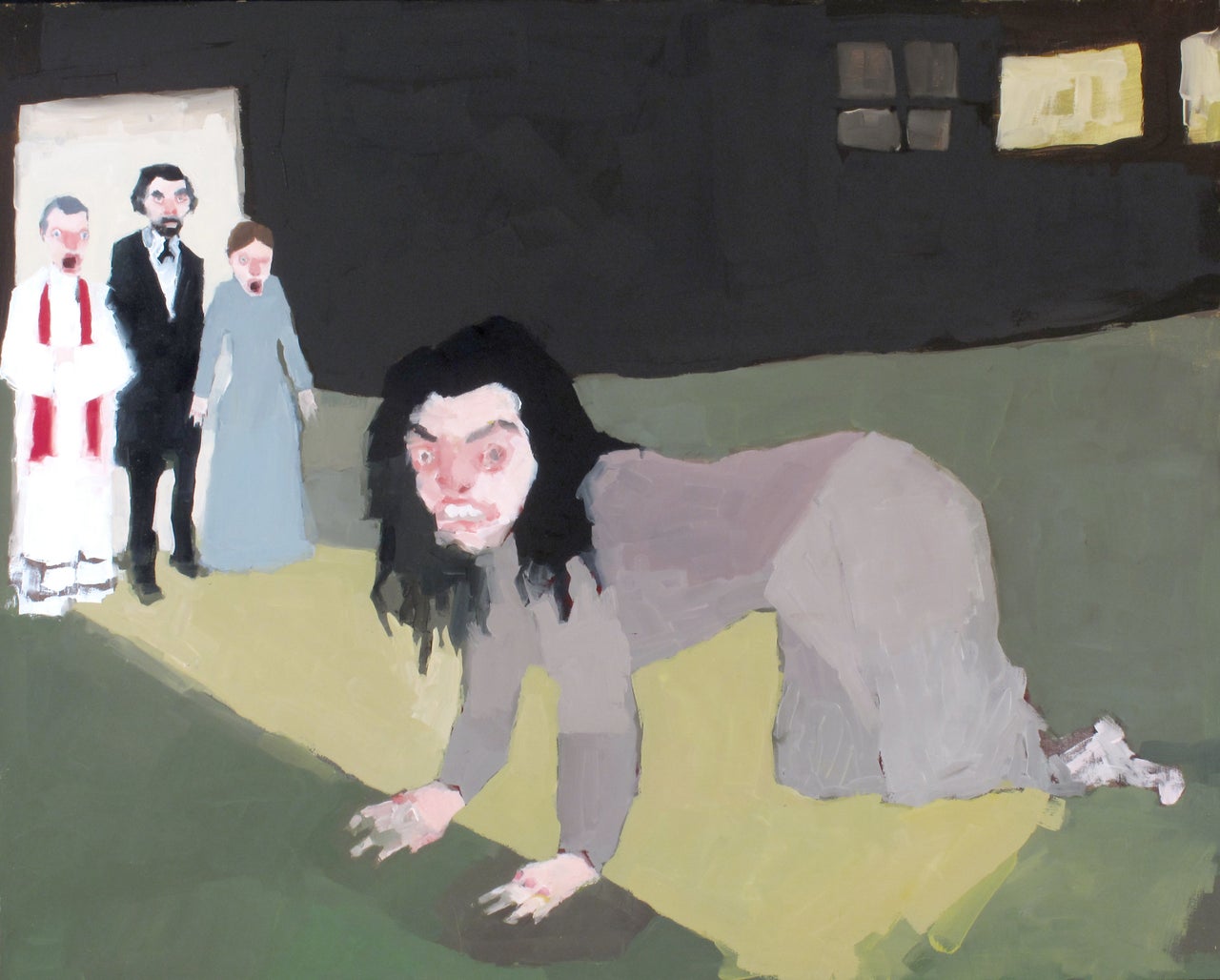
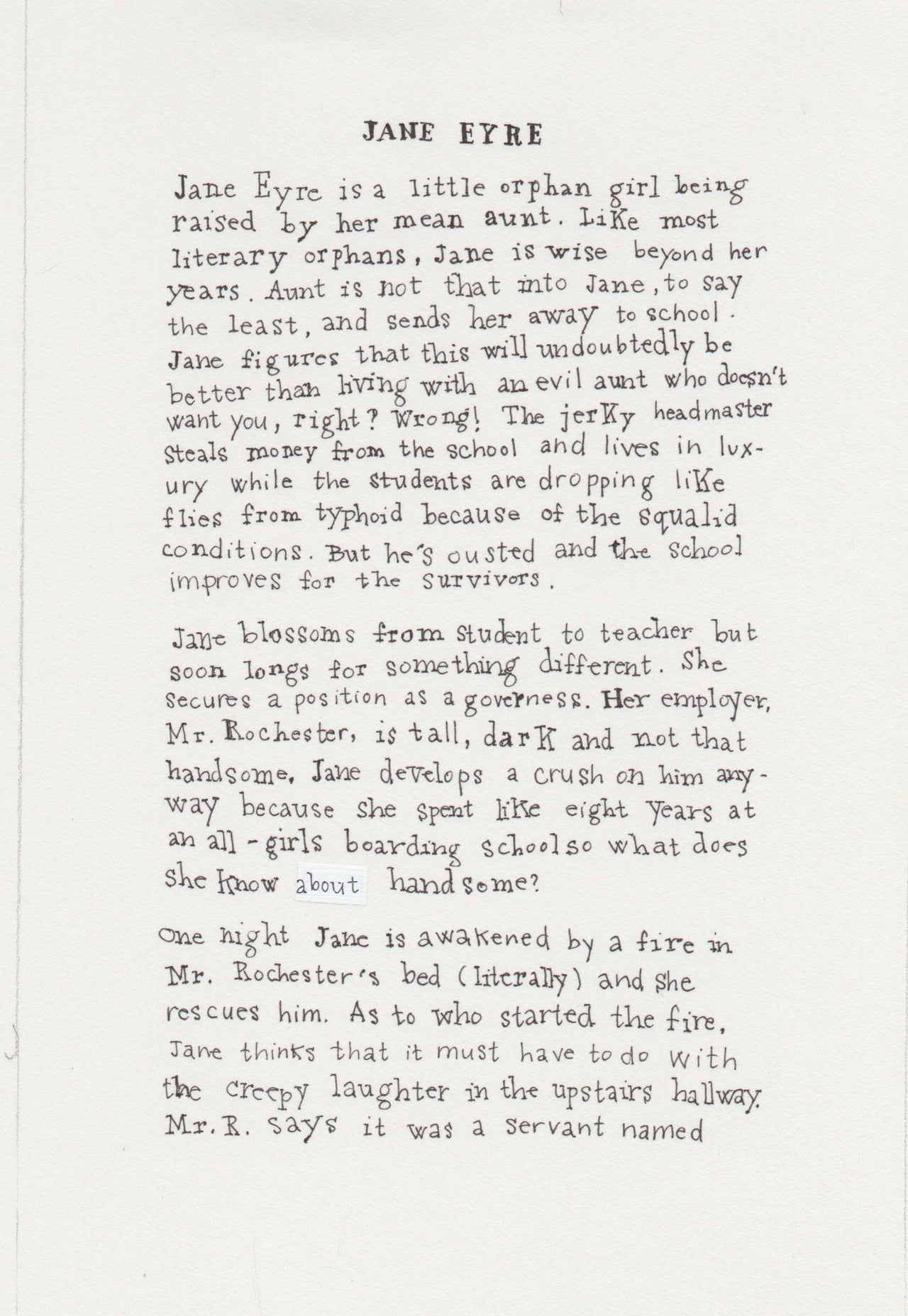
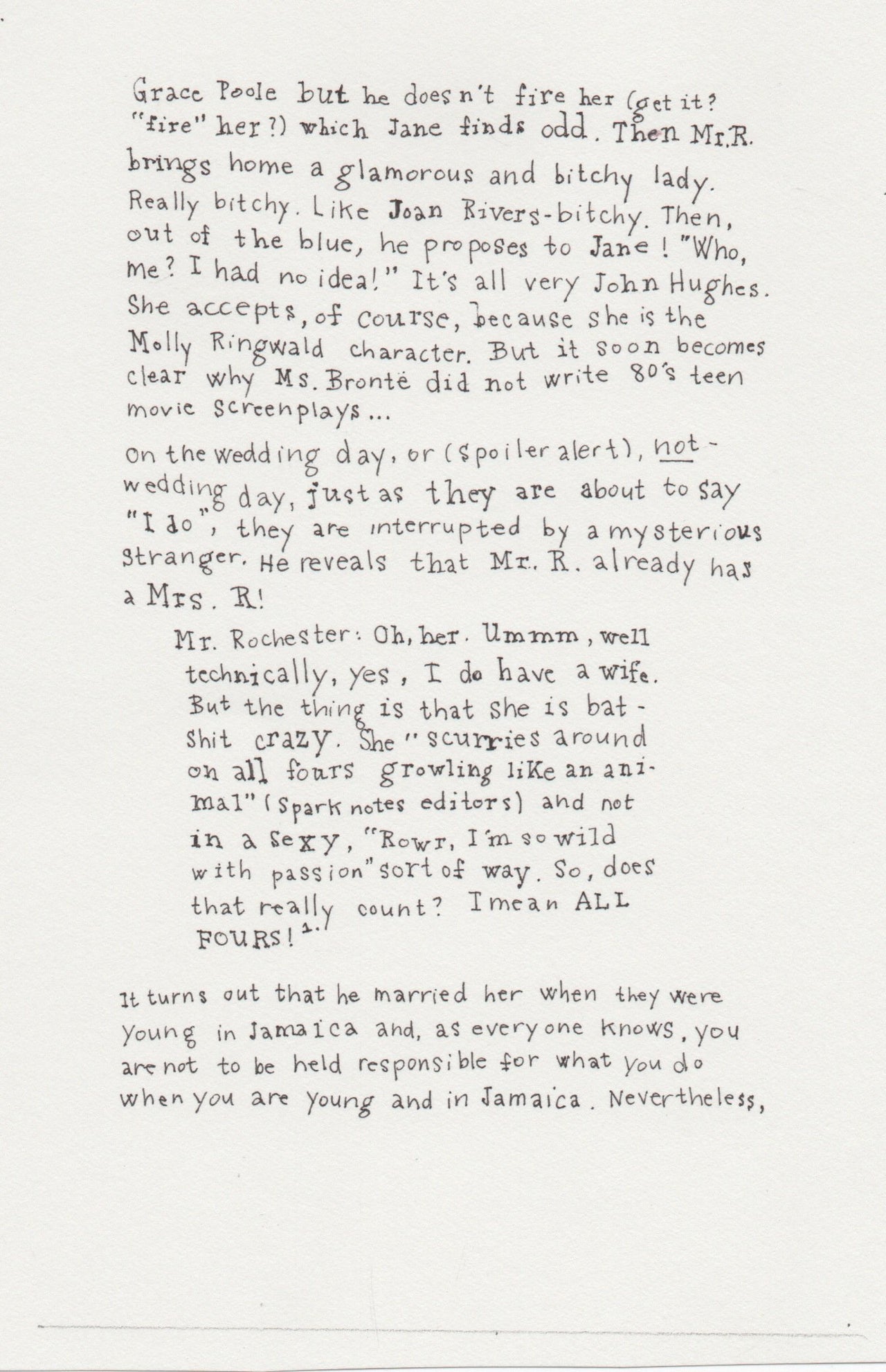
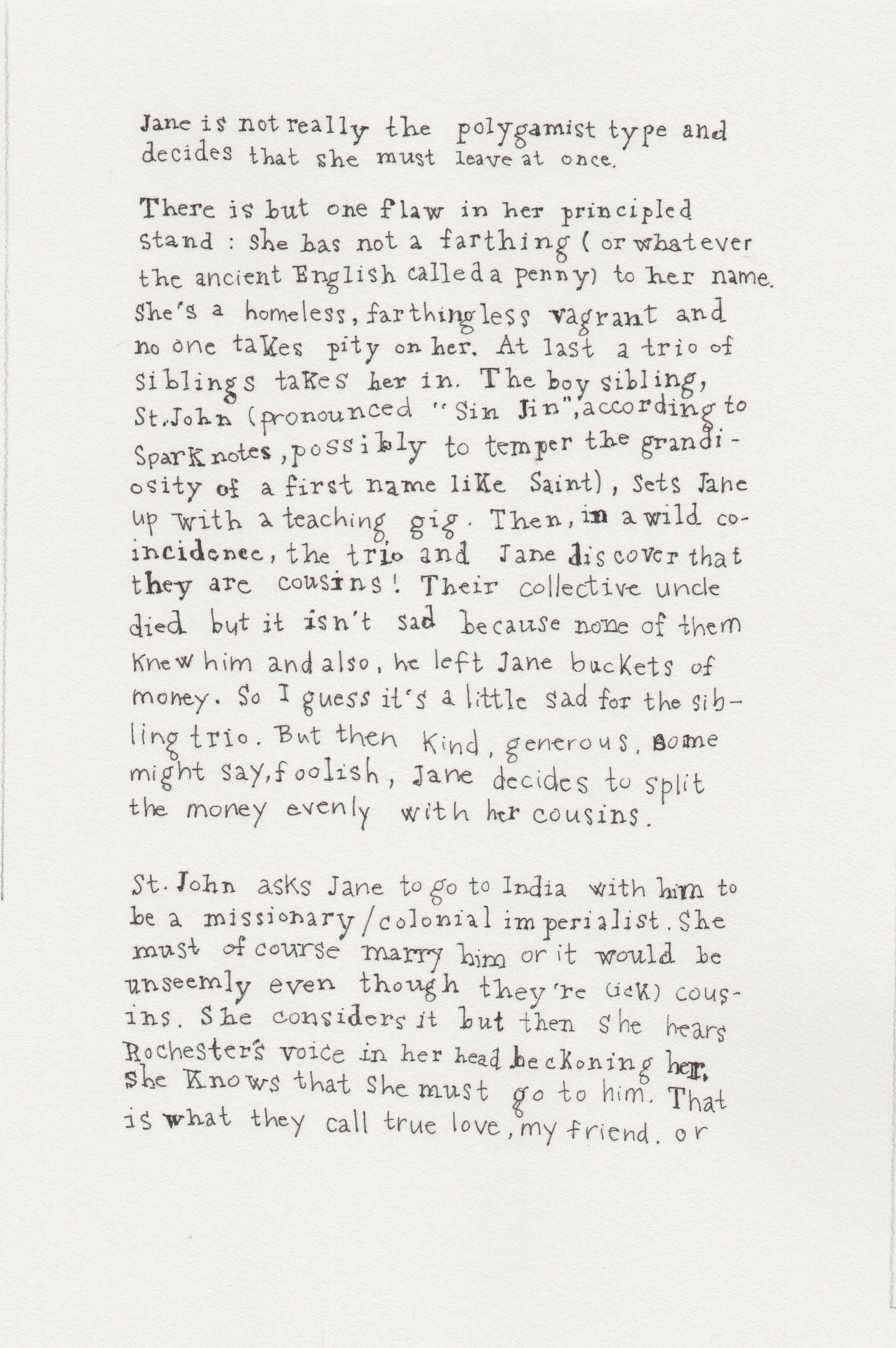
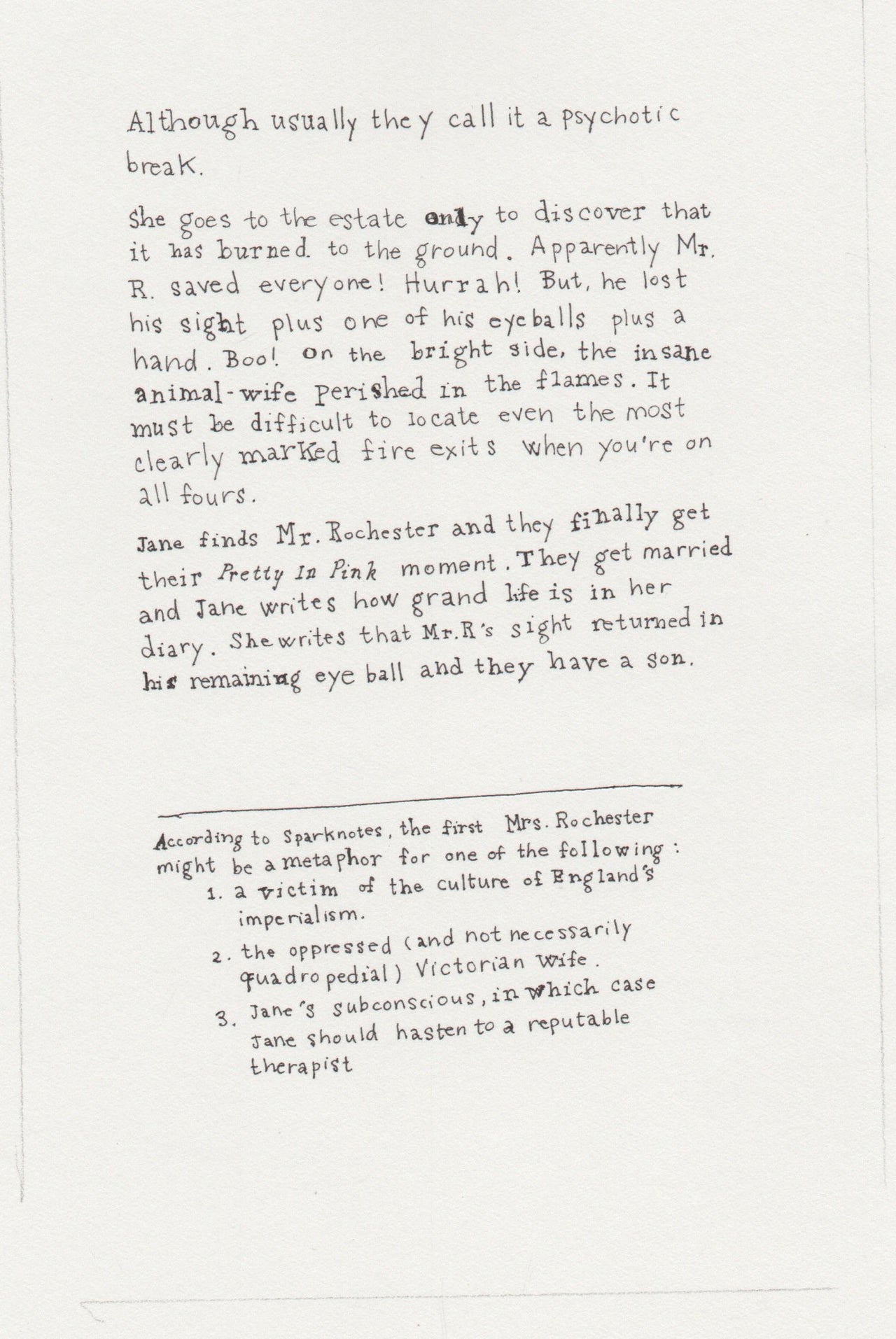
Also on HuffPost:
